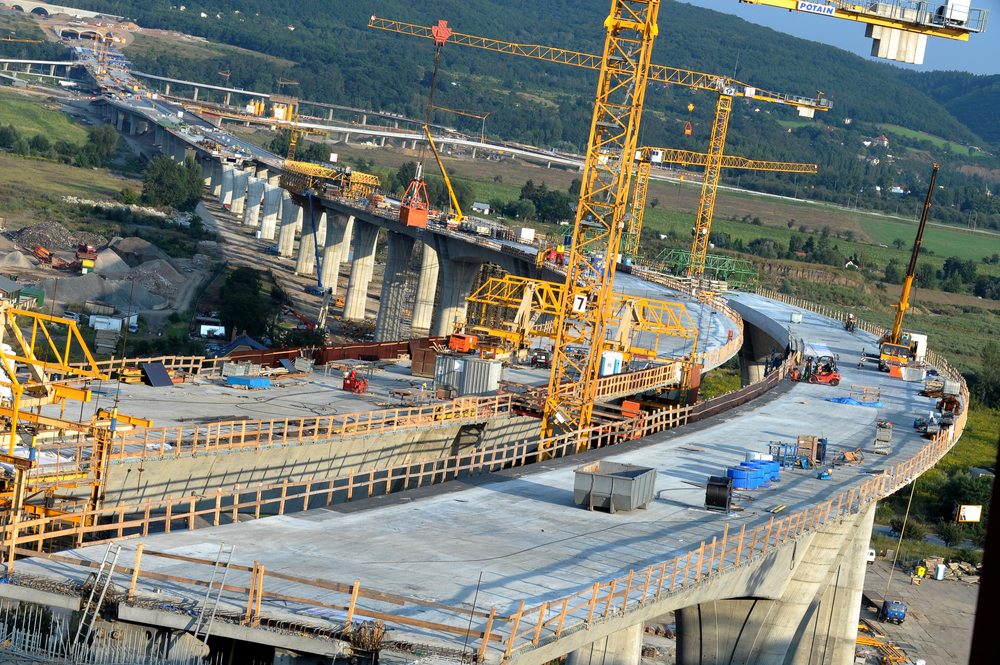
The European Confederation of Iron and Steel Industries forecasts EU apparent steel consumption for 2020 to decline by 14.6% on the year, an improvement from its previous 16.6% decrease, and to potentially rebound by 13% in 2021, Eurofer said Oct. 28.
EU’s real consumption is likely to fall by 11.5% in 2020, recovering by 9.3% in 2021 on the back of expected output growths in major steel-using sectors, Alessandro Sciamarelli, director of economic research and market analysis at Eurofer, said at the State of the EU steel market webinar.
Due to the rise of a new wave of COVID-19 infections in recent weeks all over Europe, October is likely to show a decline in Economic Sentiment and Industrial Confidence indicators after their upturn between June and September.
The IHS Markit PMI, another major industrial’ health parameter, after a strong rebound over the summer, had also slowed back towards stagnation in September despite EU manufacturing output that month rising at the fastest pace it was ever capable of during the last two-and-a-half years.
The EU’s GDP is expected to contract by 7.9%-8.3% this year from 2019 after the region experienced the harshest 14% GDP fall on record over Q2.
Eurofer noted such economy support measures as Next Generation EU, a Eur750 billion reinforcement of the EU’s 2021–27 budget, and the European Central Bank’s pandemic emergency purchase program have been unprecedented, even bigger than the Marshall Plan. However, they are still subject to political negotiation and will considerably increase public debt.
End-user sectors
Although recovery should be apparent in Q3 statistics, a proper rebound is not expected until 2021, the year when Eurofer forecasts growths in all major steel-using sectors, but only relative to 2020 dips ranging from 4.6% for domestic appliances to 18% for automotive.
The association cautioned that while its forecast is based on the assumption there will be no major economic shocks, it is still subject to a degree of uncertainty and may be revised over the next few quarters depending on the evolution of the pandemic and sustainability of the recovery in early 2021.
So far, the construction industry looks to be the least affected steel-using sector by the pandemic. According to Eurofer, construction in the EU may contract by no more than 3.6% this year versus 2019.
This outlook for construction, which uses 34% of steel consumed in Europe, is based on announcements by EU governments of their intentions to provide impetus to public construction and infrastructure projects, and the latter will comprise the main driver supporting the construction industry in the EU over the next few years.
“Despite high urbanization rates, we do not see residential construction, especially private residential construction, as a source of growth,” Sciamarelli said. “Aside from pandemic consequences, the current demographics is not favourable to residential construction,” he said, adding the pandemic has also slashed demand for offices and commercial buildings in city centers all over Europe.
The automotive sector, which had already recorded two consecutive years of recession, appears to be the steel end-user sector most hit by the coronavirus outbreak: its output is likely to see a year-on-year fall of 20.6%, the most severe on record.
Eurofer expects an 18% rebound in its production in 2021. Car demand, which has been extremely weak, will not fully recover relative to 2019 as no significant improvement in household incomes looks likely.
An 11% year-on-year drop in mechanical engineering and 5.8% contraction in domestic appliances are expected for 2019 could be followed by 7.4% and 4.6% growth rates, respectively, projected for the sectors in 2021.
Eurofer emphasized the fact steel-using sectors suffered from worsening conditions in global trade and the weakening manufacturing cycle already in 2019-18. Last year, mechanical engineering, automotive and domestic appliances outputs contracted by 0.4%, 5% and 1.7% year on year, respectively, and only the construction industry demonstrated a 3.6% growth.
Steel imports still an issue
Reflecting the negative trends in major steel-using sectors, apparent steel consumption of the EU has been falling since early 2019.
EU steel imports fell even more between Q4 2019 and Q2 2020 due to EU safeguard limits and weakening demand.
Despite the continuous decrease in imports (these fell year on year by 13% to 2.1 million mt in 2019 and by 19% to 1.8 million mt in January-August 2020), the share of imports in the EU’s apparent steel consumption increased slightly from 23.5% in Q1 2020 to 24% in Q2.
Overall, Eurofer expects a 19% drop in FY2020 import volume, but provided the EU market will see stable recovery in 2021, European steelmakers will have to cope with increasing import pressure, as the safeguard measures do not reflect the size of the market in which these imports arrive, alerted Eurofer.
When demand does rise again, the safeguard will do nothing to stop imports because it is set at the level relative to historic record years of 2015-17 and the one irrelevant to the fact the market has since collapsed, according to Eurofer spokesman Charles de Lusignan, who sees that level as high enough to enable all the imports to come in and their market share to become far larger as a result.
— Ekaterina Bouckley




